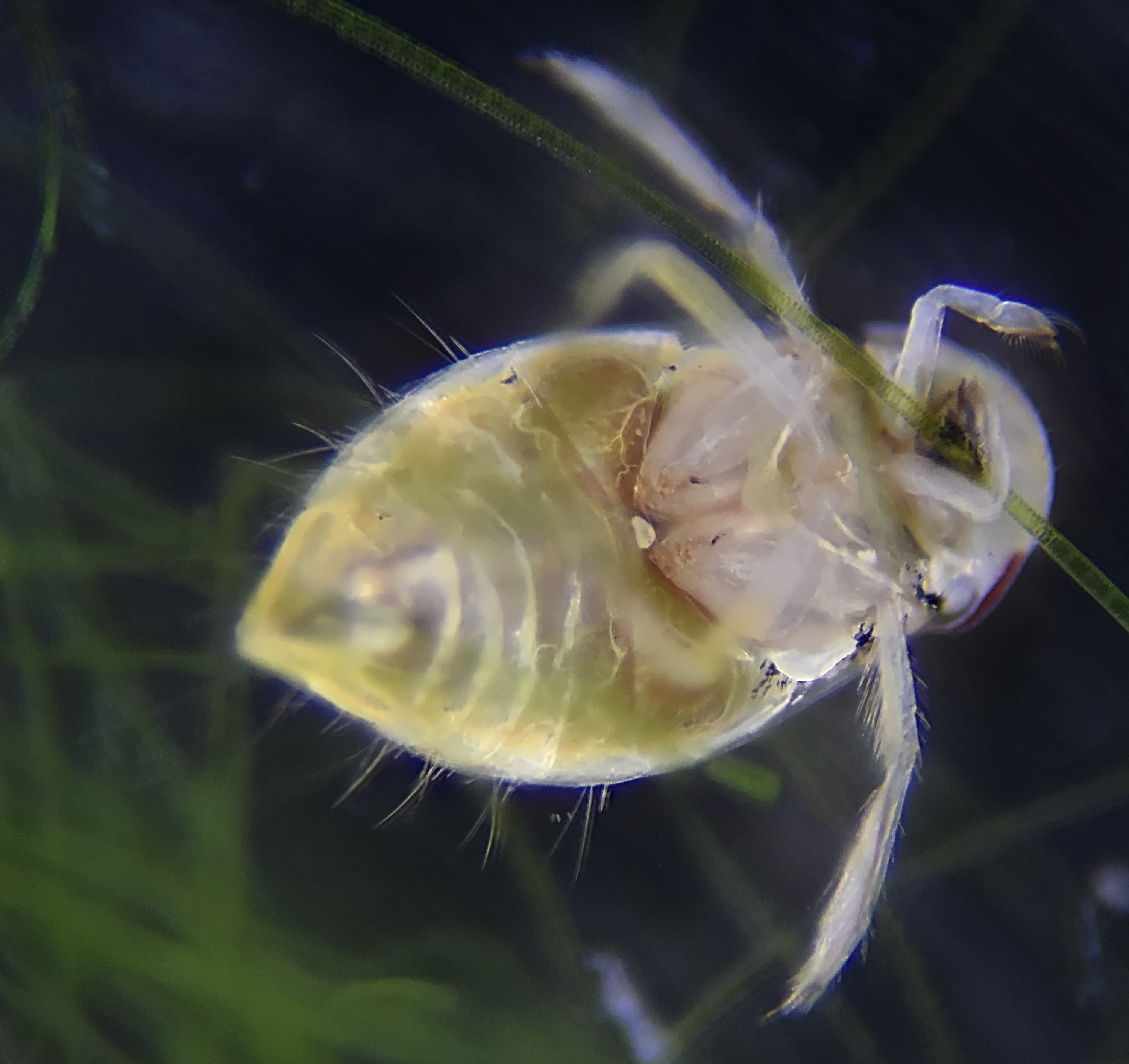Micronecta scholtzi on:
[Wikipedia]
[Google]
[Amazon]
''Micronecta scholtzi'', the lesser water boatman, is a species of pygmy water boatman in the family Micronectidae. It was first described by Franz Xaver Fieber in 1860. They are some 2 mm long and are common in freshwater ponds and lakes across Europe, preferring stagnant to moderately moving water. In Central Europe, the genus '' Micronecta'' is represented by five species, as follows:
*''Micronecta'' (''Dichaetonecta'') ''pusilla'' ( ''M. scholtzi'' is easily differentiated from other species in this genus by the twisted left
''M. scholtzi'' is easily differentiated from other species in this genus by the twisted left
'Singing penis' sets noise record for water insect
BBC. Retrieved on 2011-07-08.
Géza Horváth
Géza Horváth (; 23 November 1847 – 8 September 1937) was a Hungarian doctor and entomologist internationally recognized for his work on bugs ( Hemiptera). He also contributed extensively to the study of Hungarian scale insect fauna. He pub ...
, 1895)
*''Micronecta'' (''Dichaetonecta'') ''scholtzi'' ( Fieber, 1860)
*''Micronecta'' (''Micronecta'') ''griseola'' Géza Horváth
Géza Horváth (; 23 November 1847 – 8 September 1937) was a Hungarian doctor and entomologist internationally recognized for his work on bugs ( Hemiptera). He also contributed extensively to the study of Hungarian scale insect fauna. He pub ...
, 1899
*''Micronecta'' (''Micronecta'') ''minutissima'' (Linnaeus
Carl Linnaeus (; 23 May 1707 – 10 January 1778), also known after his ennoblement in 1761 as Carl von Linné Blunt (2004), p. 171. (), was a Swedish botanist, zoologist, taxonomist, and physician who formalised binomial nomenclature, the ...
, 1758)
*''Micronecta'' (''Micronecta'') ''poweri'' (Douglas
Douglas may refer to:
People
* Douglas (given name)
* Douglas (surname)
Animals
*Douglas (parrot), macaw that starred as the parrot ''Rosalinda'' in Pippi Longstocking
*Douglas the camel, a camel in the Confederate Army in the American Civil W ...
& Scott, 1869)
 ''M. scholtzi'' is easily differentiated from other species in this genus by the twisted left
''M. scholtzi'' is easily differentiated from other species in this genus by the twisted left paramere
Parameres ('side parts') are part of the external reproductive organs of male insects and the term was first used by Karl Wilhelm Verhoeff, Verhoeff in 1893 for the lateral genital lobes in Coleoptera. The primary phallic lobes which appear in th ...
of the male genitalia, (see traumatic insemination
Traumatic insemination, also known as hypodermic insemination, is the mating practice in some species of invertebrates in which the male pierces the female's abdomen with his aedeagus and injects his sperm through the wound into her abdominal c ...
) the short pronotum
The prothorax is the foremost of the three segments in the thorax of an insect, and bears the first pair of legs. Its principal sclerites (exoskeletal plates) are the pronotum (dorsal), the prosternum (ventral), and the propleuron (lateral) on ea ...
and a distinctive dark pattern on the head. Little is known of its habits and habitat, but it is thought to flourish in the shallows of ponds or lake shores.
The male of this species produces its underwater courtship song by stridulating a ridge on its penis across corrugations on its abdomen. The area involved measures only 50 micrometres across, or about the thickness of a human hair. A team of biologists and sound engineers from France and Scotland have recorded ''M. scholtzi'' producing sound up to 99.2 decibels
The decibel (symbol: dB) is a relative unit of measurement equal to one tenth of a bel (B). It expresses the ratio of two values of a Power, root-power, and field quantities, power or root-power quantity on a logarithmic scale. Two signals whose ...
, a volume comparable to a passing freight train. The noise was so unexpectedly loud that the engineers checked the calibration of their instruments. It is classified by Guinness World Records
''Guinness World Records'', known from its inception in 1955 until 1999 as ''The Guinness Book of Records'' and in previous United States editions as ''The Guinness Book of World Records'', is a reference book published annually, listing world ...
as the loudest penis. Almost all volume is lost when sound moves from water to air, but even so remains audible to humans walking along the pond shore. This species is considered the loudest of all animals for its size. Despite knowing the mechanism of its sound production, researchers are still mystified by the volume produced and feel that once the process is understood, it could open up a useful avenue in ultrasonics
Ultrasound is sound waves with frequencies higher than the upper audible limit of human hearing. Ultrasound is not different from "normal" (audible) sound in its physical properties, except that humans cannot hear it. This limit varies fr ...
.
Not many insects are known to generate sound with reproductive organs, but there is another, the pyralid moth, '' Syntonarcha iriastis'', which emits ultrasonic squeaks.Davies, Ella. (2011-06-30'Singing penis' sets noise record for water insect
BBC. Retrieved on 2011-07-08.
References
{{Taxonbar, from=Q1626598 Micronectinae Insects described in 1860